Tags: parks
Greenway Bingo

Happy National Bike Month!
To celebrate biking in May, we created this Bingo board to document the plants, birds, and people that you may see while biking along the New Springville Greenway or your favorite local park. Click here for a printable version.
...MOREWomen’s History, New York, and Park Statues
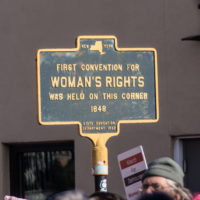
This year, America reflects on the centennial anniversary of the 19th amendment, which gave women the right to vote. New York State is the birthplace of the formal women’s rights movement and many prominent suffragettes. Recently, in recognition of the need to celebrate these women and more generally, to erect more statutes honoring women, New York City is designing and installing statutes of prominent women.
...MORENew York City’s Newest Landfill-to-Park
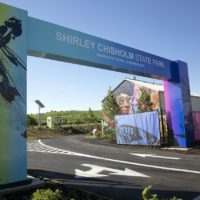
It is an exciting time for landfill-to-park projects in New York City. In addition to Freshkills Park’s forthcoming North Park Phase One development, the city saw its largest state park to date open in July on top of two former landfills.
...MORENew Videos Introduce Visitors to Freshkills Park
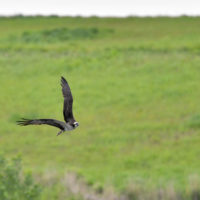
Are you new to Freshkills Park and want to learn a little bit more about the exciting changes occurring at what was once the world’s largest landfill? Freshkills Park is excited to announce the release of new videos that introduce newcomers to the park in three themes: “Welcome”, “Freshkills Park Science and Research Program”, and “Landfill Infrastructure at Freshkills Park”.
...MOREDiscovery Day: September 15, 2019

Discover Freshkills Park and experience the unique landscape and spectacular views the landfill-to-park project has to offer. This free event is a special opportunity to explore the future park while the site is closed to the public. Hundreds of acres and miles of trails will be open for tours, bicycling, and activities for all ages.
...MOREFreshkills Park, Without Borders
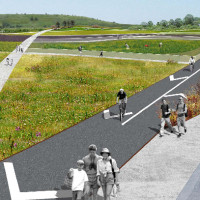
Where does a park end and a neighborhood begin? For many parks in New York City, the line has been pretty rigid. Tall gates and fences have separated a number of the city’s parks and playgrounds from adjoining sidewalks, creating literal and symbolic divides between people and green spaces.
...MORELA Ranger Troca Brings Nature to Urban Spaces
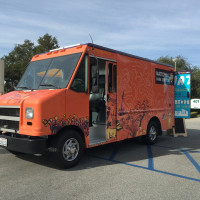
As the National Park Service celebrates its centennial, the organization has identified a major problem: a shocking lack of diversity.
Parks are finding it hard to attract young visitors and visitors of color. According to a recent National Park Service survey, Hispanic visitors make up 9% of total visitors, Black visitors 7%, Asian visitors 3% and Native American/American Indian visitors 1%.
...MORERestoring Natural Habitats, One Goat at a Time
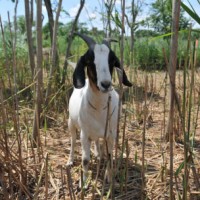
As invasive species become a greater problem and harder to deal with, New Yorkers are looking to more creative solutions to control their presence. Parks in the area incorporate a wide array of methods to control invasives including manual removal, pesticides and even controlled burnings.
...MOREPanel Discussion: Re-envisioning Post-Industrial Public Landscapes
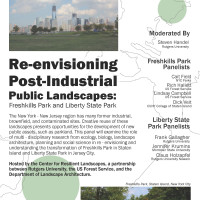
Freshkills Park’s Manager for Science & Research Development Dr. Cait Field will participate in a panel discussion at Rutgers University on Wednesday, April 27th. Called Re-envisioning Post-Industrial Public Landscapes, the discussion will include panelists from Freshkills Park and Liberty State Park in Jersey City.
...MOREFreshkills Park Helps You Keep New Year’s Resolutions
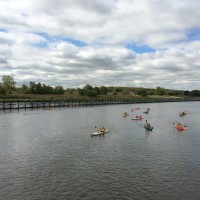
It’s easy to make resolutions at the start of the new year, but many of us struggle with keeping them for more than a few months. Fortunately, Freshkills Park will be there to help you accomplish a wide variety of goals in 2016.
...MORE3.2 Reasons to Visit the New Springville Greenway
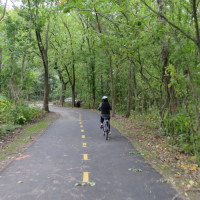
On the 4th of October 2015, Staten Island officially welcomed the addition of the New Springville Greenway, a 3.2-mile pedestrian and bicycle pathway alongside Richmond Avenue. The development is part of the ongoing NYC Parks effort to transform Freshkills Park, which is nearly three times the size of Central Park, from a former landfill into a public space.
...MOREFarther Afield: NYC Curbside Gardens

Well known to city dwellers, the urban landscape is dominated by impervious hard surfaces that require manmade sewage infrastructure to handle all rainfall and storm water management. In normally functioning environments, soil and vegetation absorbs this water and retains it to a certain capacity before runoff is generated.
...MOREFarther Afield: A Closer Look at Regenerative Landscapes
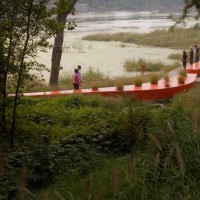
The massive transformation of what was once the world’s largest landfill into a 2,200-acre New York City Park is unique in many ways, but fits a typology of regenerative landscape design that has become a more common practice in response to shifts in global urbanization.
...MOREFarther Afield: Singapore’s Farms, Towers and Open Water
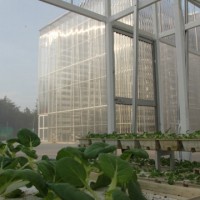
With a population of nearly 5.4 million people on less than 300 square miles of land, Singapore is the third densest country in the world. Once a part of Malaysia, it became an independent nation in 1965, and by doing so, the new island city-state began to increasingly rely on importing food to feed its people.
...MOREWhen wild things are in cities
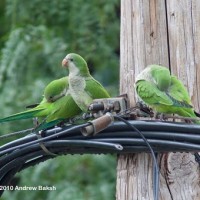
The number of people who choose to live in cities is on the rise, with 80% of the US population living in urban areas as of the 2010 census. While living in cities like New York reduces our individual environmental impact, it also causes the displacement of wildlife.
...MORESneak Peak 2013
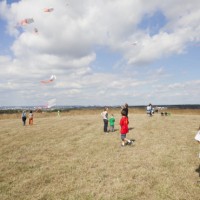
On September 29th, Freshkills Park opened its gates to the public for the fourth annual Sneak Peak event and attracted 3,500 people, a steady increase from previous years.
They came on bikes, on ferries, and in cars; with family, with friends.
...MOREHighlighting another Sustainable Park: Canal Park, Washington DC
Canal Park in Washington DC, situated between the Anacostia and Potomac Rivers, was originally a canal before it was paved over in the early 1900’s for a multitude of uses, including use as a lot for idling buses. The area was converted into a park in 2000 and shortly thereafter, in 2004, the non-profit Canal Park Development Association sponsored a sustainable park design competition for the site.
...MORENew York City Ranked in Top 10 Best US Cities for Urban Forests
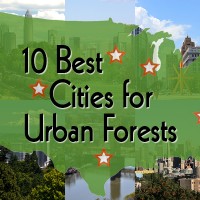
The conservation group American Forests has just released a ranking of the top 10 best U.S. cities for urban forests, and New York City made the list! After an independent collection of data on the 50 most populous American cities, a panel of technical advisors from the U.S.
...MORETransforming Berlin’s Tempelhof Airport
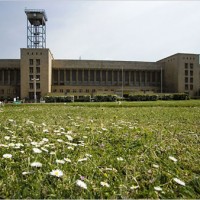
In 2010, two years after its closure, Berlin’s Tempelhof Airport was reopened to the public as Tempelhofer Freiheit, a large city park just two miles south of the city center. Since it’s reopening, little has been done to the airport’s landscape; existing walkways are largely disconnected and only minimal infrastructure and amenities are in place.
...MORELondon’s Olympic Park features ecologically-based design approach
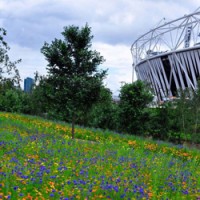
Though the 2012 Olympic Games have come to a close, the landscape of London’s East End has been dramatically transformed for the long-term utilizing a ecologically-based design approach that has much in common with the Freshkills Park master plan.
According to The Dirt, nearly 250 acres of formerly-industrial land were turned into a beautiful setting for the Olympic venues inspired by Victorian and post-war English pleasure and festival gardens.
...MORE



